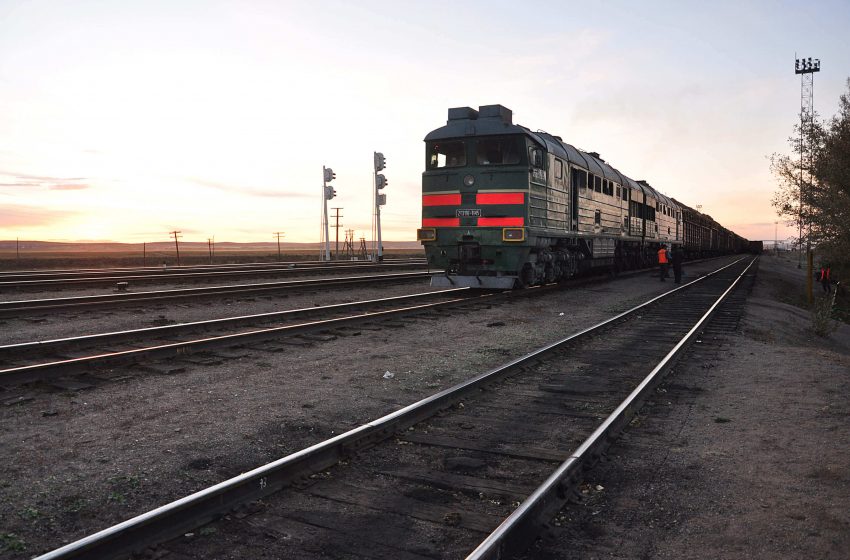
Improved borders can drive broad economic benefits but only if the right measures are taken
Making it easier for people and goods to cross borders has been clearly shown to provide widespread economic benefits. But countries on both sides need to be prepared to take advantage of the new opportunities created.
COVID-19 has closed many borders around the world and the sudden halt to the flow of travelers and workers has had a major impact on some economies. This has highlighted the economic importance of border points that allow goods and people to easily cross borders. This critical infrastructure has significant spillover impacts beyond the border and into the broader economy.
So how do you make the benefits of improved border crossings cascade across the economy?
In general, when a country makes an investment, jobs are created, the workers receive higher income, and they spend more. Then as suppliers see this higher demand, they recruit more workers and source inputs to meet this new demand. This ripple effect becomes even more significant as the workers of the suppliers also start buying more goods and services, and so on. These are indirect impacts.
This ripple effect can only be created at a border if it is open for goods and people to cross. This spillover effect is particularly strong when investments are close to the border points. Ample examples of such spillover effects can be found in the European Union (EU), where costs of crossing borders are low, and the overall economy has been shown to benefit as a result.
The extent of the spillover effect depends on various factors, among them how prepared the neighboring country is to benefit from this investment by being ready to serve the increased demand for inputs and labor.
Experience in the EU suggest that border crossing spillover effects are unevenly distributed among countries and types of labor. In the case of the EU countries, both high-skilled and medium-skilled labor is impacted most, whereas low-skilled labor is mostly generated outside the EU because wages are lower there.
Asia also has a long history of infrastructure investments in border areas. For example, an ADB infrastructure investment project is being planned on the Inner Mongolia side of the People’s Republic of China’s border with Mongolia. The investment program aims to improve border crossing points and is designed partly to allow Mongolia to benefit from the investment. Direct benefits of the investment include 1,300 new jobs for Mongolians at border municipalities such as the Erenhot economic zone.
The spillover effects include additional employment providing an economic boost on the Mongolian side of the border that provides families more income for health care, education, and other necessities. This then prompts the suppliers to produce more to meet the higher demand. This could result in 40% more output and more than double the employment, according to our research.
In order to fully realize both direct and indirect benefits from border investment opportunities, the adjacent benefiting country will have to be ready to absorb the benefits.
As great as this sounds, one significant caveat is that it all assumes that Mongolia will source all the additional demand for goods and services domestically to fully benefit from the investment. This assumption, however, can be easily challenged. In reality, Mongolia may have to source inputs from other countries due to the limited supply domestically.
Since Mongolia is significantly dependent on import and export activities with its close neighbors, the People’s Republic of China and Russian Federation, the expected economic boost may leak as Mongolia imports inputs. Some of Mongolia’s economic sectors are importing a large share of their inputs – more than 40% of inputs are imported in mining, transportation, and construction sectors.
In this case, most of the additional income would be spent abroad, or the additional employment would be sourced from abroad—most likely the People’s Republic of China and Russian Federation. The same analysis suggests that the indirect spillover benefit of the Inner Mongolia project to Mongolia could be much lower, with the gross output change scaled back by 4% and the employment by 9%.
An example of where receiving areas have the capacity to maximize the spillover benefits can be found in the Greater Mekong region, where the benefits were found to be the highest when the projects connected large cities, e.g. the Southern Corridor that includes three large economies—Bangkok, Ho Chi Minh City, and Phnom Penh—along its relatively short length (about 900 kilometers), which have better absorptive capacity to respond to the new demand for inputs and labor.
For Mongolia to replicate this success along its border with the People’s Republic of China, policy makers should consider public investment in transportation and storage infrastructure that will support logistics operators and suppliers. In this regard, ongoing efforts with ADB to modernize logistic facilities in Zamyn-Uud economic zone are encouraging, particularly as this is across from the Erenhot economic zone and the main gateway for Mongolia’s trade with the People’s Republic of China and other parts of the world.
Despite this progress, Mongolia’s relatively high wage levels remain a bottleneck and need to be addressed by matching the required skill types and levels to those in the neighboring countries.
An important takeaway is that the extent of benefit an investment project in one country brings to a neighboring country depends also on the absorptive capacity. The gains are not automatic. Even when the project is designed to benefit the other country, the maximum benefit would not be always achieved.
In order to fully realize both direct and indirect benefits from border investment opportunities, the adjacent benefiting country will have to be ready to absorb the benefits by developing its own input markets and human capital. In particular, its limited infrastructure and the seasonality of many inputs combined with a poor storage capability make it challenging to establish a reliable supply chain.
This blog is part of series by Asian Development Bank













